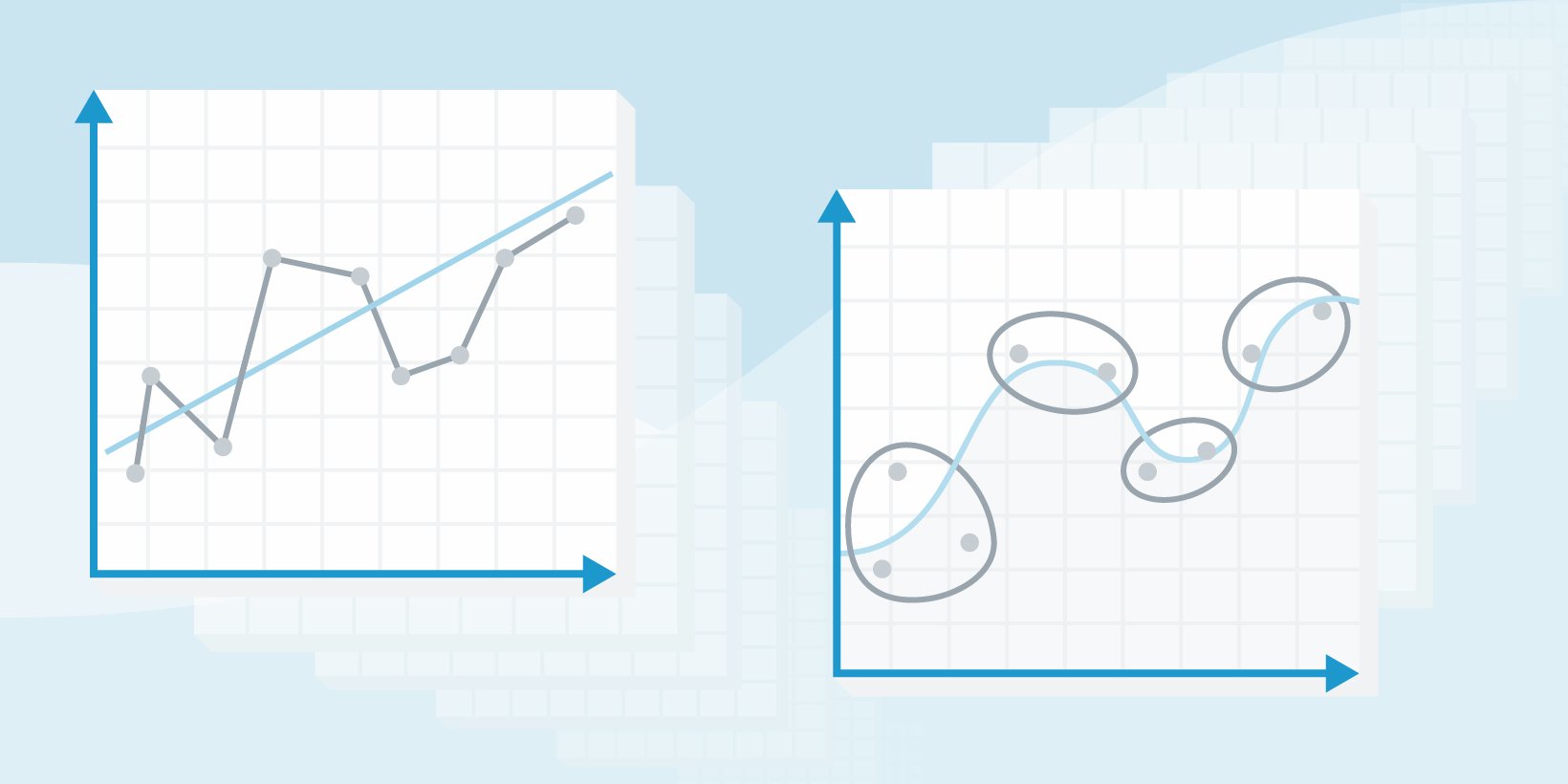Does your organization have a clear sales forecasting process? Or is it using a mash-up of CRM data, spreadsheets, and manual sales reports from sales reps and managers? Chances are, your sales forecasting process feels more chaotic than helpful — and that’s the status quo for most revenue organizations.
But your sales forecast is arguably the most important number in your company. If you nail it, your organization can invest and grow future sales and new business with confidence. If you miss it, that could mean unreliable cash flow, layoffs, slowed growth, inaccurate sales data, or, at the very least, opportunity cost from an inability to properly plan.
Having a clearly defined process is crucial to producing an accurate sales forecast. Creating a formulaic sales forecasting process is possible for every B2B sales team — we’ve seen it. We’ve also done it. And now we’re sharing how to do it.
What is a sales forecasting process?
A sales forecasting process is a series of repeatable steps that a sales organization takes to accurately predict sales over a given period of time. It's a critical component of effective sales management.
Why is sales forecasting important?
The sales forecast drives everything in the business, from marketing campaigns to sales headcount to overall growth and investment plans. Accuracy is key, as it determines how well you can invest and grow, cut spending, and generally ensure smooth sales operations and be agile when reacting to a changing market.
But sales forecast accuracy is also hard to achieve. We’ve found that 93% of sales executives can’t forecast revenue within 5%, even in the two weeks before the end of the quarter. Why is that?
Organizations face many of the same issues when trying to forecast sales. For example:
- Sales-stage definitions might not be consistent
- The sales process criteria are not uniform
- Teams aren't aligned
- Teams are working in silos
- Data hygiene is poor
- There is lack of visibility
- There is little insight into historical data, such as past sales and past performance
On top of these challenges, sales teams may struggle with which sales forecasting method to choose, as well as how to collect and validate data and earn team buy-in.
This is where a sales forecasting process comes in.
Why do you need a forecasting process?
Sales teams that excel at building a solid sales forecasting process consistently outperform their peers. This is because they save a ton of time by not having to use a mess of spreadsheets and manual processes; achieve better sales linearity, meaning they close deals regularly throughout the quarter rather than experience bottlenecks; and, perhaps most important, they increase sales forecasting accuracy.
In order for the sales forecasting process to work, however, the organization must first undertake 3 key steps:
- Define the sales goals. Some common goals include: adding new logos to your customer base, increasing annual recurring revenue (ARR), and selling new products and specific product lines.
- Standardize data. Ensure everyone at the organization is measuring the same sales forecasting metrics consistently. Your U.S. sales team needs to be measuring the same numbers over the same time period as your EMEA sales team. Note that the cadence of measurement will depend on your average sales cycle and selling velocity. If you have a self-service SaaS product, you might measure sales performance weekly. Conversely, if you’re on the high-touch B2B side, you’ll likely want to measure your sales forecasts quarterly.
- Document. Keep a record of the sales forecasting metrics you’re measuring so you have historical data to analyze over time.
Types of sales forecasting
There are two main types of sales forecasting methods:
- Top down. Top-down sales forecasting starts by identifying your total addressable market (TAM) for each business segment.
- Bottom up. Every individual calls their number based on the opportunities they have in pipeline. This is often used by mid-size businesses.
Top-down sales forecasting
For this approach to sales forecasting, you need to first assess your total available market (TAM). Your TAM is crafted by researching market valuations from reputable sources, such as Gartner or Forrester. Then, you estimate how much market share you’ll be able to capture and the revenue you’ll be able to acquire. This is done through quantitatively measuring your existing data or taking a qualitative estimate (an educated guess) at what you think your sales organization can achieve.
Calculating your forecast in the top-down method of sales forecasting starts by multiplying the TAM by the percentage of market share you think you’ll be able to achieve.
Let’s say you’re in the sales engagement software space looking to expand into Europe. Your research shows that the TAM for European sales software is valued at $500,000. You think you can capture 2% of that based on quantitative or qualitative analysis of historical deals in the next quarter.
Your top-down sales forecast would be: $500,000 X 2% = $10,000.
Bottom-up sales forecasting
By relying on data, sales managers work with individual sales team members to inspect pipeline, understand projections for future sales, and analyze sales activity data to produce a number. Then, the managers collect all of these numbers from across the organization and add them up to create the total sales forecast.
The bottom-up forecasting technique produces a more accurate forecast than a top-down version because it is based on real-world opportunities. However, it requires that the data being used is in real time, accurate, and complete. Overeager or undereager sales reps can fudge their numbers and throw off your entire sales forecast. Here’s how to ensure that doesn’t happen.
Step 1: Triangulate a reality check
The first step in a bottom-up sales forecasting method is to triangulate among what history is telling you, what your sales team is telling you, and what sales quota you’re being asked to deliver.
Unfortunately, at a lot of organizations, the only historical sales data analysis happens in leaders’ brains. This typically culminates with a feeling of either excitement, panic, or skepticism that ultimately influences the sales forecast. You don’t want to rely on gut feelings when it comes to the most important number for your business.
This is where AI can really shine. Clari’s Time Series Data Hub tracks and time stamps every field in CRM every 15 minutes. It then analyzes two years’ worth of those data points to predict not just the likelihood of each deal closing in the quarter, but also how much pipeline will likely be needed to hit your number based on historical conversion rates.
Step 2: Inspect Your Pipeline
In most companies, pipeline inspection is rarely a true data-driven process. Most sales leaders start with the biggest deals in their pipeline. But this assumes that the biggest deals are the ones that need the most attention, which is not always the case. It also ignores out-quarter deals and renewals.
That’s why it is critical to engage in a data-driven process for pipeline inspection, like this four-point deal inspection procedure:
- Ask what changed in each deal
- Ask how likely is each deal to close
- Understand how much activity is on each deal
- Identify if each deal is following the typical sales process
This ultimately gives you a readout on the top deals you need to pay attention to in order to make the best use of your time.
Step 3: Conduct data-driven one-on-ones
The one-on-one sales meeting is a crucial component to successful sales forecasting. It’s the manager’s prime opportunity to strategize with sales reps on deals and coach them on critical activities like risk mitigation, sales pipeline acceleration, and deal execution. However, many sales reps and managers waste their precious one-on-one time rehashing the news on current sales, with little to no time spent on strategy or coaching.
Luckily, this can be avoided. To maximize their one-on-one sales meetings, sales reps and managers should:
- Come with a point of view. By reviewing sales data and key performance indicators (KPIs) in advance, you can come to the meeting with a POV ready to share.
- Prepare specific questions. Another advantage of inspecting sales metrics in advance is that you can generate specific, non-generic questions to help pressure-test deals and move things forward, as well as engage in data-driven sales coaching to help reps up their sales game.
- Strategize. Spend the majority of time strategizing on how to de-risk weak deals and accelerate the strong ones. Take the time to analyze past performance.
Step 4: Bring the revenue team together
Revenue is a team sport, not just the responsibility of sales. Every organization should strive for full-funnel accountability across sales, marketing, customer success, and finance.
Time and time again, sales, marketing, customer success, and finance never truly align on deals. Even when these teams are all represented on the sales forecast calls, many of these calls are inefficient and lack accountability.
Ensure successful sales forecast calls with these 4 steps:
- Prep with data. Just like with one-on-one sales meetings, leaders should come to sales forecast calls with a POV that’s bolstered by sales data. Everyone should call out key details they would like to inspect on the call.
- Inspect and prioritize. Don’t just focus the conversation around the biggest deals. Instead, focus on opportunities that seem to be in jeopardy. Be prepared to ask questions about why, or whether, there is still confidence behind these deals and figure out what the organization can do to get these deals on track. Also discuss the potential churn forecast with customer success.
- Invite all of RevOps. Marketing should be in the meeting, and the team should have reviewed all deals in advance so it can present opportunities to accelerate with ABM. Customer success should also be there to offer customer intros to companies with similar business motions. In sum, the entire revenue operations team should attend.
- Don’t neglect out-quarter deals. Every other week, the organization should focus the entire sales forecast call on out-quarter pipeline inspection. Marketing should drive this discussion and call out pipeline coverage needs by stage or category for different products and regions.
Want to learn even more about sales forecasting? Download our eBook.


